How to Make Elephant Toothpaste Science Experiment Using Yeast
This post may contain affiliate links, view our disclosure policy for details.
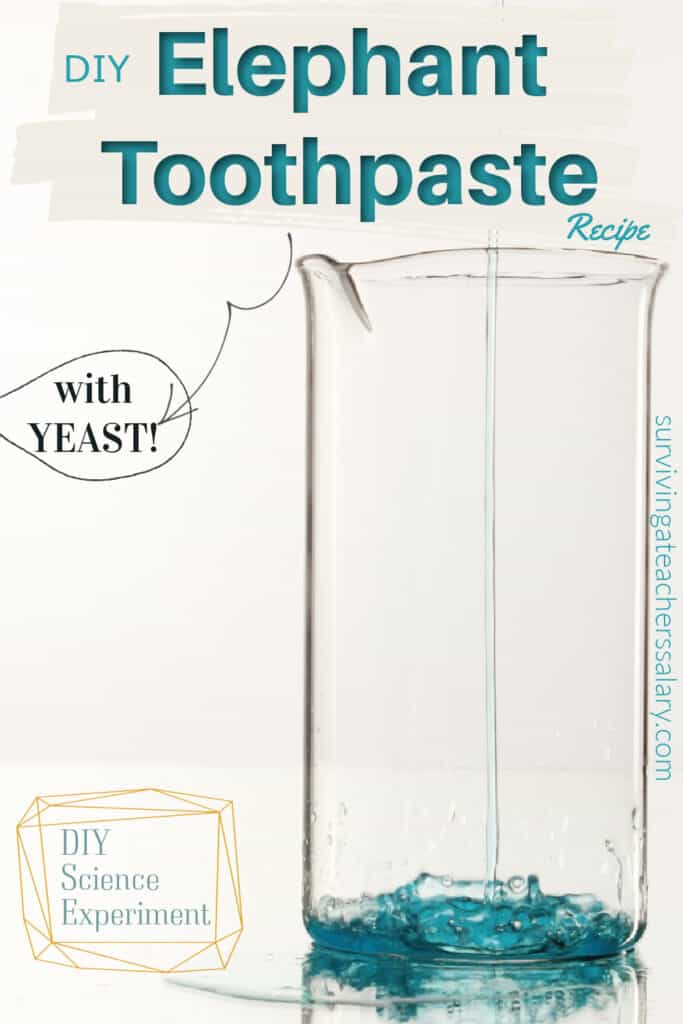
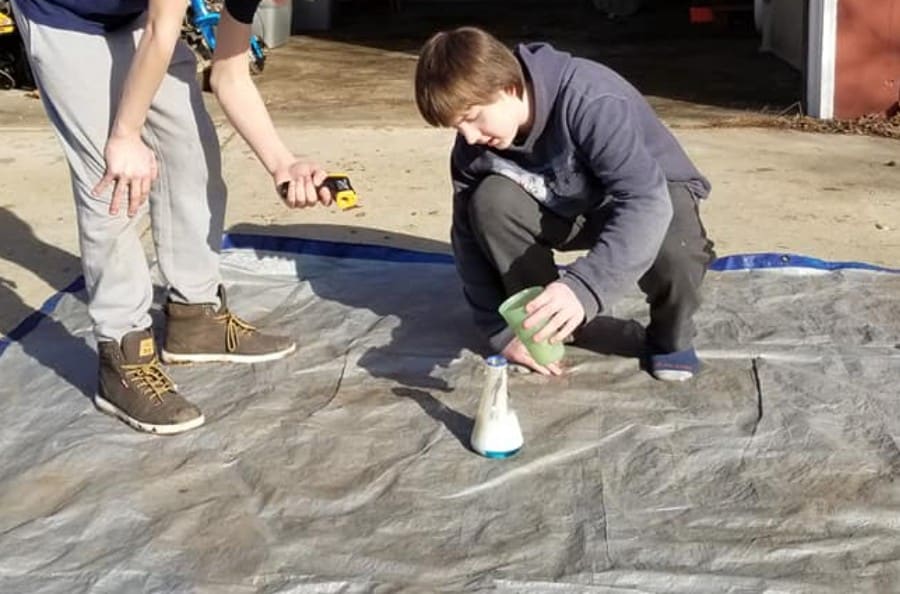
What materials do you need to make Elephant toothpaste?
-
warm water
-
hydrogen peroxide (see notes below)
-
food coloring
-
soap (Dawn works great!)
-
yeast (the little individual packets work great!)
**A Note about Hydrogen Peroxide:**
You will not be able to walk into Walmart or Target and just pick up different percentages of hydrogen peroxide for the elephant toothpaste science experiment! You will need to visit Sally Beauty or your local hair salon store. See notes below for “Proof” amounts.
How to Make Elephant Toothpaste:
-
In a separate small cup, add 3 Tbsp. of warm water and 1 Tbsp. of a dry yeast packet. Let it sit and mix for about 30 seconds to activate the yeast.
-
Add a half cup of 20 Volume (or 6%) hydrogen peroxide into your water bottle or Erlenmeyer flask if you have access to one.
-
Next add 8 drops of food coloring into the peroxide. This is an OPTIONAL step if you want to have colored foam!
-
Add 1 tablespoon of liquid dish soap (Dawn works great!) into the bottle or flask and gently tilt the bottle around a bit to mix the soap with the food coloring.
-
Lastly, pour the yeast mixture into bottle and watch the reaction!
Experiment Expansion:
Try changing the amount of hydrogen peroxide solution and use an infrared thermometer to measure the heat given off! Try 3, 6, 9, 12% hydrogen peroxide solutions – all found at Sally Beauty.
Watch the WORLD’s LARGEST Elephant Toothpaste EXPLOSION!
(You can also see Mark Rober’s world’s largest devil’s toothpaste explosion here. He has a phenomenal YouTube channel.)
Why is it called Elephant toothpaste?
This science experiment is called Elephant toothpaste because when the foam bubbles up it looks like toothpaste squirting out of a tube! The reaction is so big that only an elephant would use toothpaste that size!
Is Elephant toothpaste safe to touch?
If you’re using our Elephant toothpaste with yeast recipe it’s safe once the heat reaction has cooled off. Due to the chemical reaction of elephant toothpaste the internal temperature can soar pretty high. However as you can see in the photo above my son had no problems handling the foam once it escaped from the container.
More STEAM experiments to enjoy:
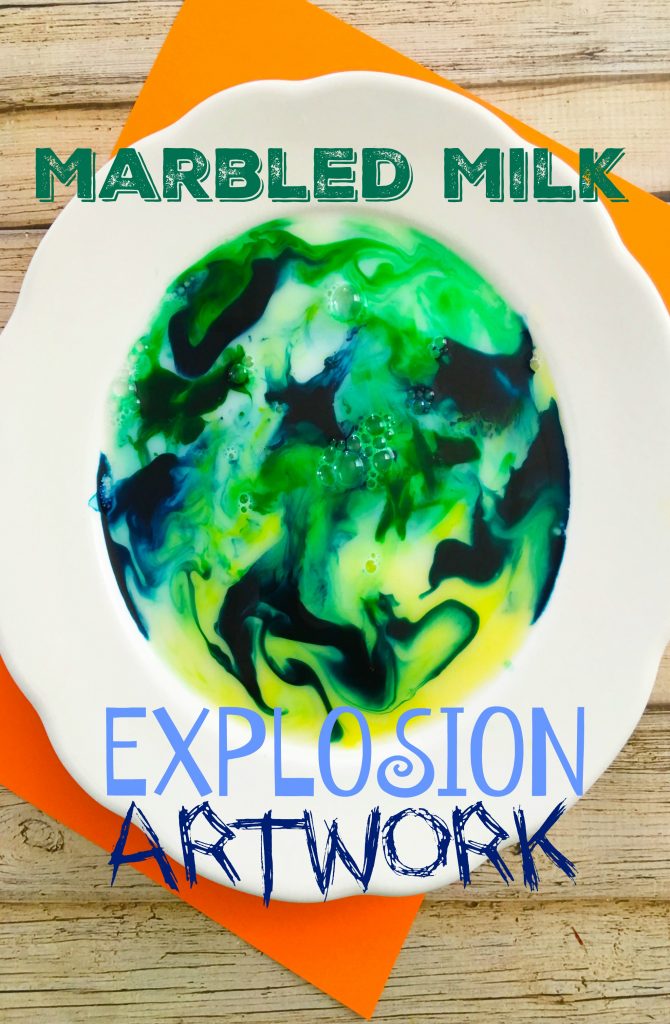 |
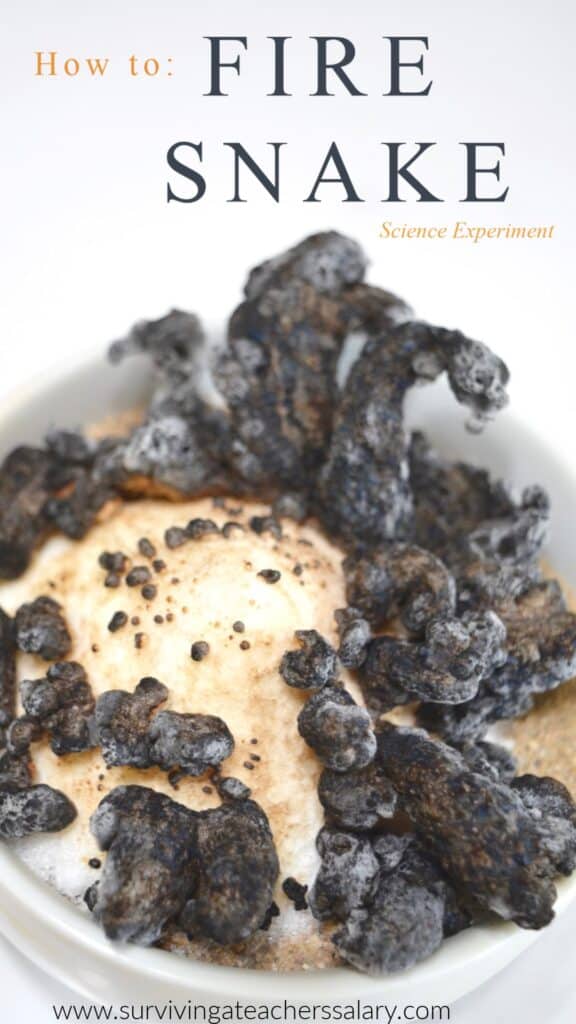 |
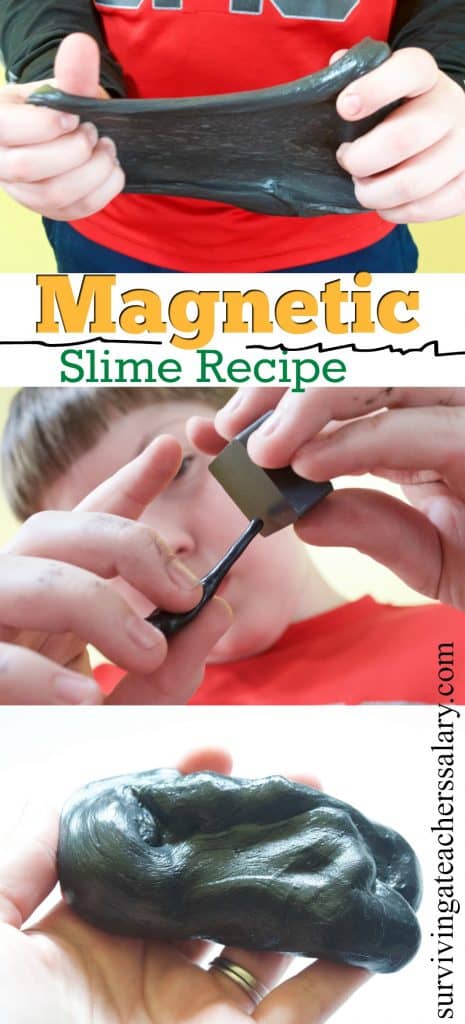 |
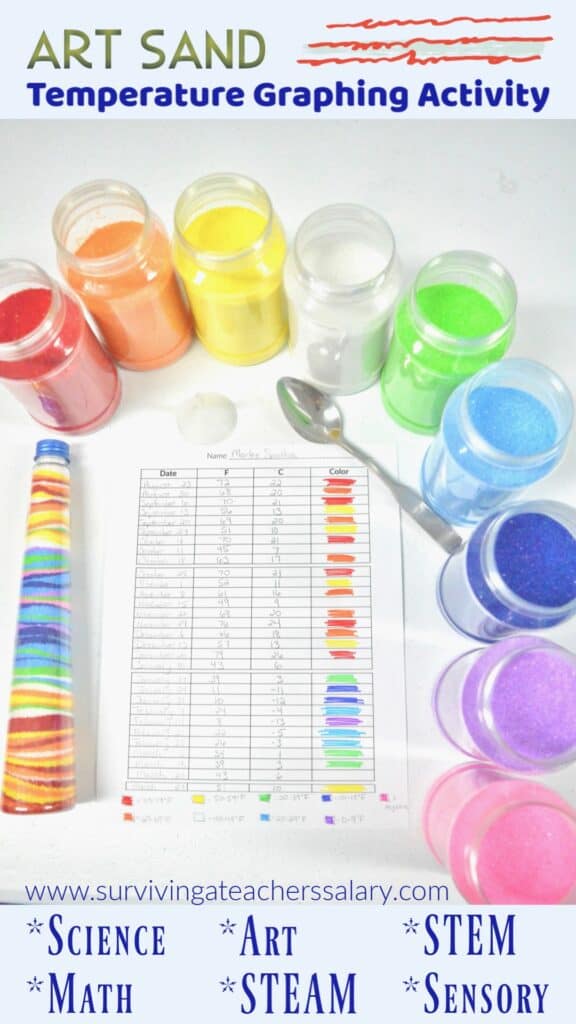 |


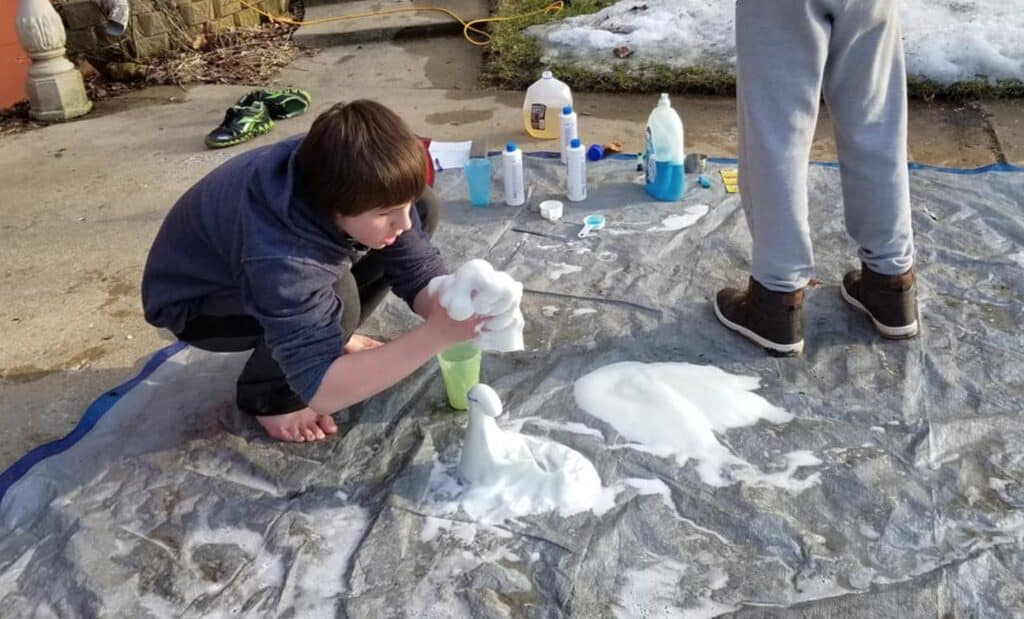



Wow! That's pretty cool! Where do I get Potassium Iodide?? Also, what do you use to clean up this experiment?